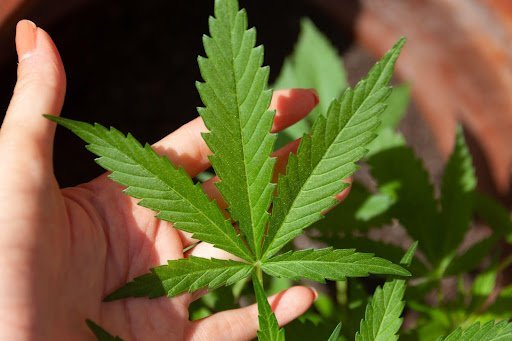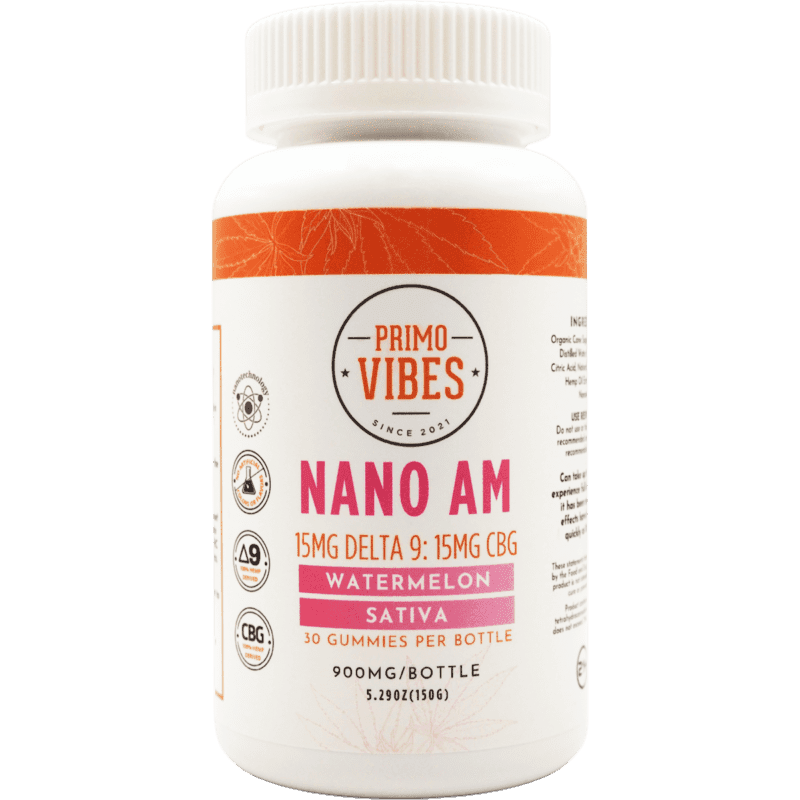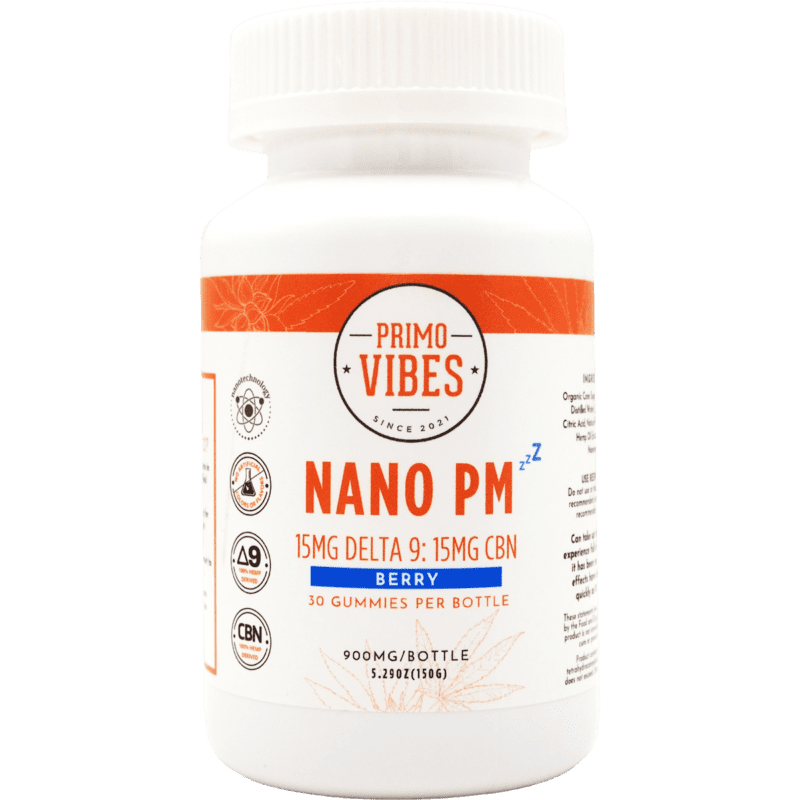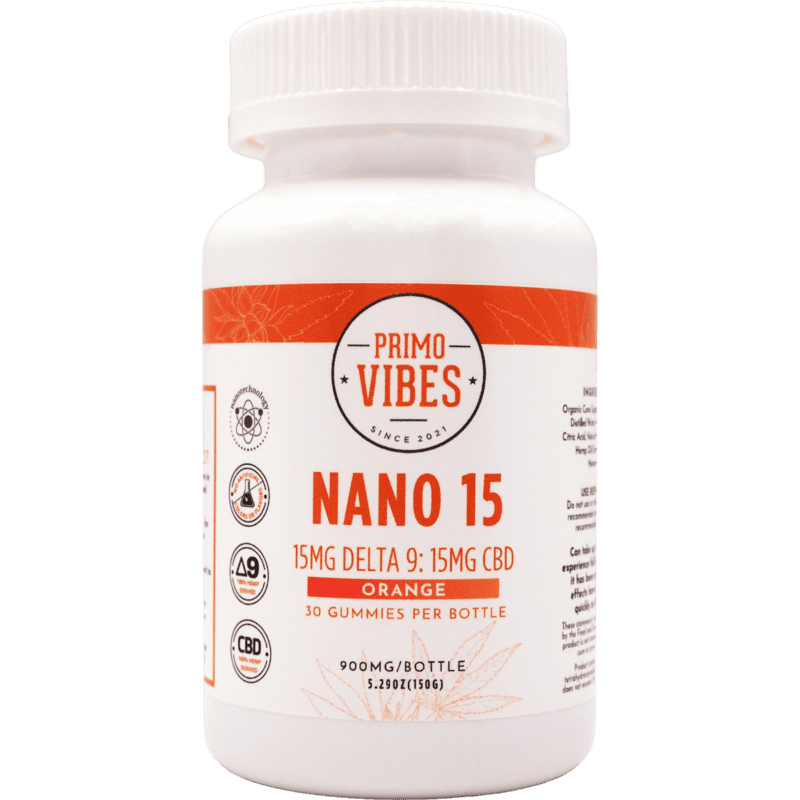The Comprehensive Guide to THC: Understanding Its Origins, Effects, and Uses
THC, or delta-9-tetrahydrocannabinol, stands as one of the most well-known and widely studied cannabinoids found within the cannabis plant. Renowned for its psychoactive properties, THC is responsible for the euphoric “high” that individuals experience when consuming cannabis. However, beyond its recreational use, THC possesses a myriad of potential therapeutic benefits, making it a subject of great interest and research within the medical community.
Delving Deeper into the Origins of THC
Within the vast botanical world of Cannabis, THC emerges as one of its most intriguing constituents, boasting a rich history and complex biochemistry. As part of a diverse family of cannabinoids, THC shares its botanical home with over 100 other compounds, including the well-known CBD. However, THC distinguishes itself with its unique psychoactive properties and therapeutic potential.
At the heart of THC’s origin lies the intricate anatomy of the cannabis plant, particularly its female flowers. Here, nestled within the resinous glands known as trichomes, THC begins its journey from a mere precursor to a potent cannabinoid. These tiny structures, resembling tiny crystal-like structures, serve as the cannabis plant’s biochemical factories, producing a sticky resin laden with cannabinoids, terpenes, and other bioactive compounds.
The journey of THC’s synthesis begins with cannabigerolic acid (CBGA), a precursor molecule abundant within the cannabis plant. Through a fascinating series of enzymatic reactions orchestrated within the trichomes, CBGA undergoes transformation, ultimately giving rise to THC. This intricate biochemical dance is governed by the plant’s genetic makeup, environmental factors, and developmental stage, resulting in the production of varying levels of THC within different cannabis strains.
Once synthesized, THC embarks on its voyage through the endocannabinoid system (ECS), a complex network of receptors and neurotransmitters found throughout the body. Here, THC interacts with CB1 and CB2 receptors, exerting its influence on various physiological processes and eliciting its characteristic effects. From modulating pain perception to regulating mood and appetite, THC’s interaction with the ECS underscores its profound impact on human physiology and behavior.
As we unravel the mysteries of THC’s origins, we gain a deeper appreciation for the intricate interplay between plant biochemistry and human biology. With each discovery, we inch closer to unlocking the full potential of this remarkable cannabinoid, paving the way for new insights, innovations, and therapeutic applications. So, as we continue our journey of exploration, let us marvel at the wonders of nature’s pharmacy and embrace the boundless possibilities that THC has to offer.
-

-

Delta 9 15mg NANO Sleep Gummy
$55.00This product has multiple variants. The options may be chosen on the product page -

Delta 9 Gummies 15mg NANO
$55.00This product has multiple variants. The options may be chosen on the product page -

Delta 9 Gummies 50mg – Primo Vibes
$90.00This product has multiple variants. The options may be chosen on the product page
Understanding the Effects of THC
The Effects of THC, or delta-9-tetrahydrocannabinol, extend far beyond the euphoric high commonly associated with cannabis consumption. This multifaceted cannabinoid interacts intricately with the body’s endocannabinoid system (ECS), a complex network of receptors and neurotransmitters distributed throughout the brain and peripheral tissues. THC primarily binds to cannabinoid receptors, particularly CB1 receptors, which are abundant in regions of the brain responsible for cognition, memory, motor control, and emotional regulation.
Upon binding to CB1 receptors, THC initiates a cascade of physiological and psychological responses. These include the modulation of neurotransmitter release, alterations in synaptic plasticity, and changes in neuronal excitability.

The net result is the characteristic psychoactive effects of THC, which can manifest as euphoria, relaxation, heightened sensory perception, and alterations in the perception of time and space. Additionally, THC has been shown to stimulate appetite, a phenomenon commonly referred to as the “munchies,” through its interaction with brain regions involved in hunger and satiety regulation.
Moreover, THC’s effects are not limited to the brain, as it also influences various physiological processes throughout the body. For instance, THC has been found to exert analgesic properties, providing relief from pain by modulating pain signaling pathways in the spinal cord and peripheral nerves. Furthermore, THC possesses anti-inflammatory properties, which may contribute to its potential therapeutic benefits in conditions characterized by inflammation, such as arthritis and inflammatory bowel disease.
Where to Find High-Quality THC Products
When it comes to finding high-quality THC products, consumers should prioritize sourcing from reputable suppliers that uphold stringent standards of quality, safety, and transparency. It’s essential to look for companies that prioritize third-party lab testing and readily provide the results to verify the potency and purity of their THC products. These lab reports offer valuable insight into the cannabinoid content, ensuring that the product delivers the desired effects without any unwanted contaminants.
When considering where to purchase THC products, it’s crucial to take into account factors beyond just the cannabinoid content. Product variety plays a significant role in catering to individual preferences and needs, so look for retailers that offer a diverse range of THC products, including flower, concentrates, edibles, tinctures, and topicals. Additionally, customer reviews offer valuable insights into the quality and efficacy of a company’s products, providing firsthand accounts of other consumers’ experiences.
Ultimately, whether you’re seeking relief from a medical condition or simply looking to explore the recreational benefits of THC, choosing the right retailer is essential to ensure a positive and fulfilling experience. By prioritizing quality, safety, and transparency, and considering factors such as product variety, customer reviews, and customer service, you can confidently find high-quality THC products that meet your needs and exceed your expectations. So, whether you’re browsing online or strolling through a local dispensary, take the time to research and select a reputable retailer that aligns with your values and preferences.





